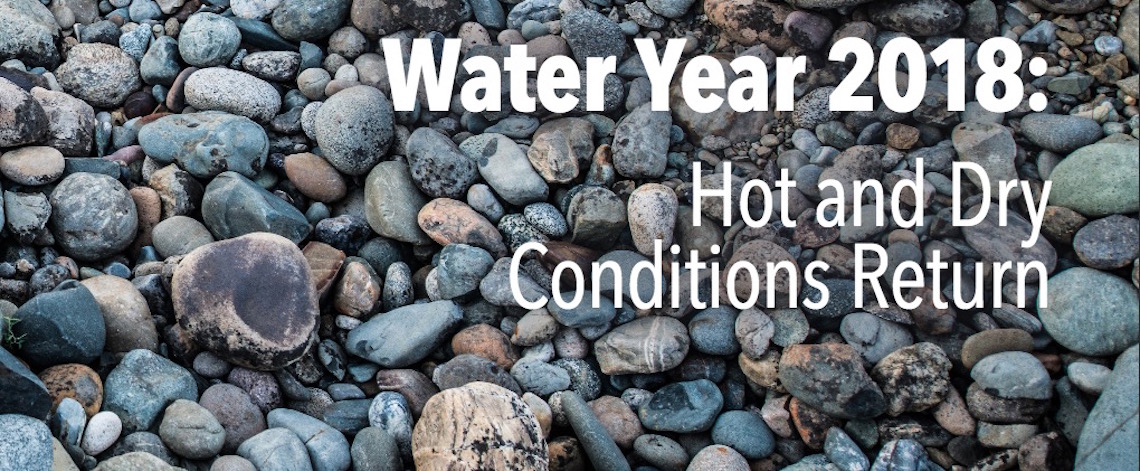
Written by
Monday marks the beginning of a new water year in California, and state officials note that the 2018 water year was a bit of a let down.
It marked the return of dry conditions since the drought-busting 2017 water year, with Southern California region receiving only half or less of its average annual precipitation, according to a report from the California Department of Water Resources. The San Joaquin River basin received about 74 percent of average, and the Tulare basin saw 62 percent of average.
As of April 1 – the date historically used to mark peak accumulation – the statewide snow pack water content was 58 percent of average in the Sierra Nevada mountains.
The 2018 water year also continued a trend of warmer statewide temperatures that began in the 1980s. The South Coast region saw new records set for maximum temperatures, including 111 degrees at University of California, Los Angeles, 114 degrees in Burbank, 118 degrees in Riverside 120 degrees in Chino.
A bright spot was the state’s major reservoirs, which started the year with good storage levels thanks to a wet 2017. As for groundwater conditions, the Spring 2018 reading showed little change from Spring 2017.
“Groundwater storage recovers from drought more slowly than does reservoir storage, and deep confined aquifers in severely depleted groundwater basins may show no appreciable recovery because they require a very long time to charge,” according to the report.








